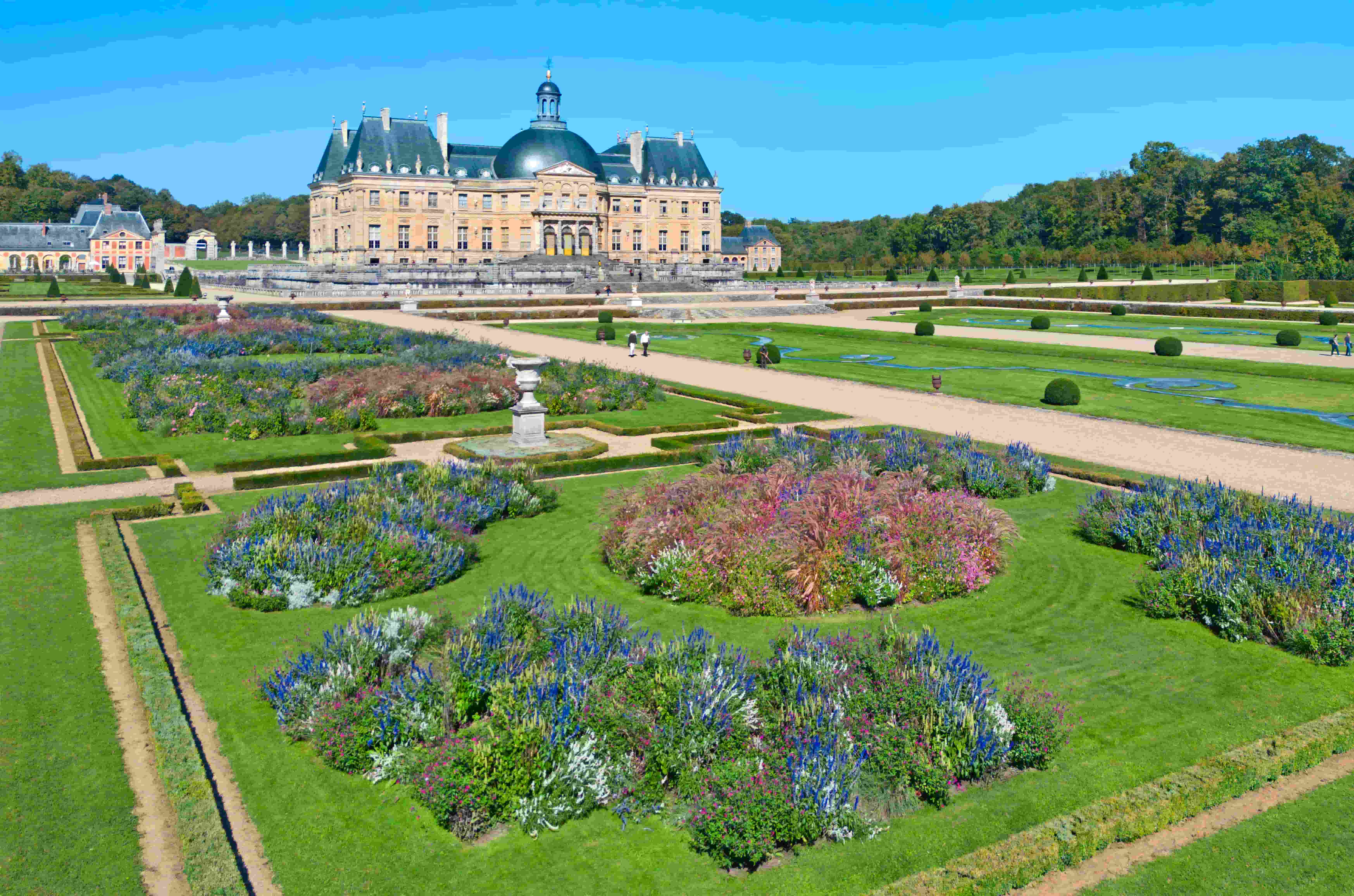

The architect Louis Le Vau, the painter Charles Le Brun, the gardener André Le Nôtre: Nicolas Fouquet, who was also close to Jean de la Fontaine and Molière, knew how to surround himself with the great minds of his time and was one of the most important promoters of the arts in the 17th century. Unfortunately his fortune, though long appreciated by Mazarin and the Sun King to fill the kingdom's coffers, ended up arousing jealousy, which reached its peak during a very lavish party given there in August 1661.
Vexed by the fact that his minister was richer than he was and feeling increasingly threatened by his influence, Louis XIV decided to dismiss him and had him arrested for embezzlement. Banished from the kingdom and stripped of all his possessions, he is imprisoned for life and will no longer see his castle, which is among the most beautiful in France.
Representative of the classical architecture of the 17th century, Vaux-le-Vicomte is located 50 km from Paris, more precisely in Maincy in Seine-et-Marne. Still privately owned today, it is classified as a historical monument and is considered the model that inspired the Château de Versailles.
Although the Sun King had already called upon his creators for certain wings of the Château de Vincennes, it was upon discovering the magnificence of Vaux-le-Vicomte that he called upon his first architect Louis Le Vau, the founder of the Academy of Painting Charles Le Brun and the landscape designer André Le Nôtre to build his own architectural masterpiece.
Tapestries, furniture, paintings, books, carpets...: after Fouquet's banishment, his wife took years to recover her castle and worked hard, until her death, to get back her goods seized by Colbert. Even if she finally had to sell Vaux-le-Vicomte in 1705, thanks to her and her successors, it has remained faithful to what it was when it was created and is today an absolute must for all lovers of heritage and history.
Great Century Day
For more than 15 years, at the beginning of June, visitors are invited to travel back in time by coming to the castle dressed as in the 17th century.
Musketeer parades, baroque dance demonstrations, tableaux vivants competitions, carriage rides and make-up sessions in the style of the period are also offered during this unique costume day.
A nice way to pay tribute to what was for a long time a great place for festivities and the opportunity, for a few hours, to feel like a member of the royal court.
Vaux-le-Vicomte in lights
For its 16th edition, this magical event celebrates Jean de La Fontaine, a friend who remained faithful to Nicolas Fouquet, whose 400th birthday will be celebrated in 2021. In addition to the sound and light show on the façade of the castle evoking in 6 poetic scenes the great moments of its history, a 360° projection telling the fable of the Fox and the Squirrel is proposed this year in the Grand Salon.
In addition to these immersive digital devices, the event also offers the opportunity to admire 4,000 meters of garlands of lights, 5 automaton animals (including a 3.30 meter bear), and 13,000 decorative objects inside the castle. Treasure hunts and games in the gardens (where 2 golden nuts are to be found every day during the holidays) also await the apprentice explorers.